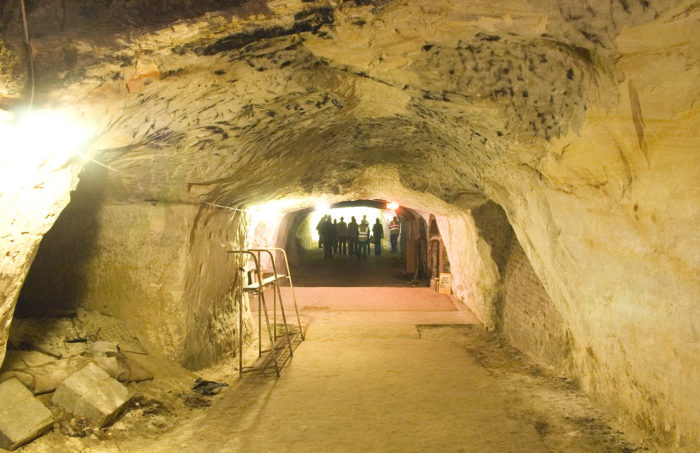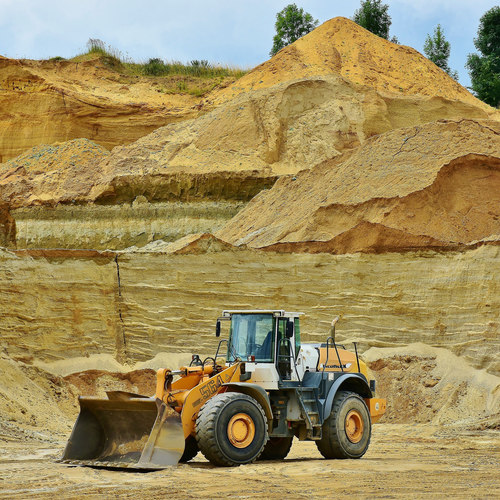
Image Credit: Dominic Alves / CC BY 2.0 / Flickr
If someone were to compile a list of things we’re not likely to run out of, ever, wouldn’t sand be at or near the top? That’s a logical assumption, but it turns out that we’re using sand for construction at such a blinding rate that it’s in short supply in some areas, and mining what’s left is taking its toll on the environment.
Writing in The New York Times, Vince Beiser says that sand of the quality and type that can be used in concrete, glass, and asphalt is in surprisingly short supply. “Sand is the essential ingredient that makes modern life possible,” he says. “And we are starting to run out.”
Sand is a $70 billion industry, and sand mining is killing birds and fish in India, damaging coral reefs in Kenya, and undermining bridges in Africa. That’s in part because desert sand isn’t generally useful for construction; what can be used comes from beaches, riverbeds, and flood plains. And when onshore sources run out, miners go elsewhere. Two dozen islands in Indonesia are thought to have disappeared in the last decade because of sand mining, Beiser writes.
The run on sand is strong because urban development has been unrelenting. Since 1950, the world’s urban population has grown from 746 million to 3.9 billion. In 2012 alone, the amount of concrete — which consists of rock, sand, cement, and water — produced globally would have made a wall 89 feet high, 89 feet wide, and long enough to wrap around the equator. Beiser says that China used more cement between 2011 and 2013 than the U.S. did in the entire 20th century.
The alternatives are not attractive
Stronger regulations might succeed in preventing environmental damage in developing countries. (They’re already in place in most developed countries.) But the tradeoff is that sand must be trucked for longer distances, driving up costs and increasing truck traffic and the tailpipe emissions they produce.
In California, if the average hauling distance for sand and gravel doubled, to 50 miles, trucks would need an extra 50 million gallons of diesel fuel per year.
Sand also can be made by crushing rocks or grinding up concrete. But the process is expensive, and the sand that’s produced doesn’t work well in all applications.
In an earlier report, The Times reported that the sand and gravel business is growing faster than the economy as a whole, accelerating at 10% per year since 2008. At the same time, natural sources of sand have been shrinking because of increased demand, but also because river dams have blocked the natural flow of sand out of the mountains and to the sea.
Sand mining does more than cause environmental damage. In a report published last year, Wired recounted the murder of a 52-year-old farmer in a small Indian farming village. His offense? A decade-long campaign to get rid of a criminal gang that had been robbing the village of its sand. Hundreds of people in India have died as a result of squabbles among “sand mafias,” but illegal sand mining is a worldwide problem.
“It once seemed as if the planet had such boundless supplies of oil, water, trees, and land that we didn’t need to worry about them,” Beiser writes. “But of course, we’re learning the hard way that none of those things are infinite, and the price we’ve paid so far for using them is going up fast. “
Weekly Newsletter
Get building science and energy efficiency advice, plus special offers, in your inbox.













0 Comments
Log in or create an account to post a comment.
Sign up Log in